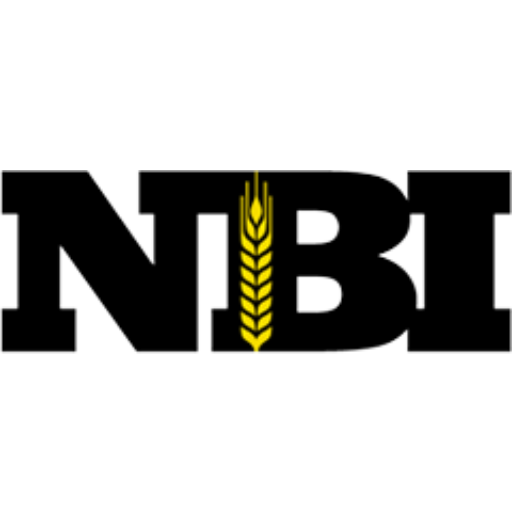Collection: Summer Annuals
Description
Forage sorghum, a row crop handled very much like corn silage, offers a replacement for corn silage or multi-cut sorghum-sudans at a much lower seed cost. The cost to plant an acre of forage sorghum—usually $20 to $25—is a fraction of the cost to plant an acre of corn.
The brachytic dwarf option adds more leaves and less stalk (the leaf nodes are much closer together). In addition, brachytic dwarfs tend to exhibit more tillering, along with the extra leaves, to more than make up for the shorter height. Brachytic dwarfs are also much less vulnerable to lodging from high winds. Our forage sorghums are available both untreated and with Concep II®.
Management
Forage sorghum is usually direct-cut with a forage harvester. The one struggle is having the forage dry enough to chop and store without having too much sorghum grain. The grain fills from top to bottom on the panicle (head) and becomes very hard with ripening, so the starch of the ripe grain will not be very digestible.
Work in New York by Kilcer has shown a much higher sugar level (and lower indigestible starch) in the forage when the crop is harvested wetter than is typically accepted for corn silage. Sorghum silage, however, will not suffer the clostridial fermentations associated with corn silage. Kilcer is satisfactorily harvesting sorghum as high as 75% moisture.
Another advantage of BMR Gene 6 forage sorghum over corn silage is that sorghums need about 33% less water and nutrients per ton of forage produced than corn silage. Sorghums love hot and dry climates, and therefore will be more productive than corn silage on marginal soils. Finally, sorghums have few insect problems (for example, corn borers and root worms), and mycotoxins are rarely a problem.
















